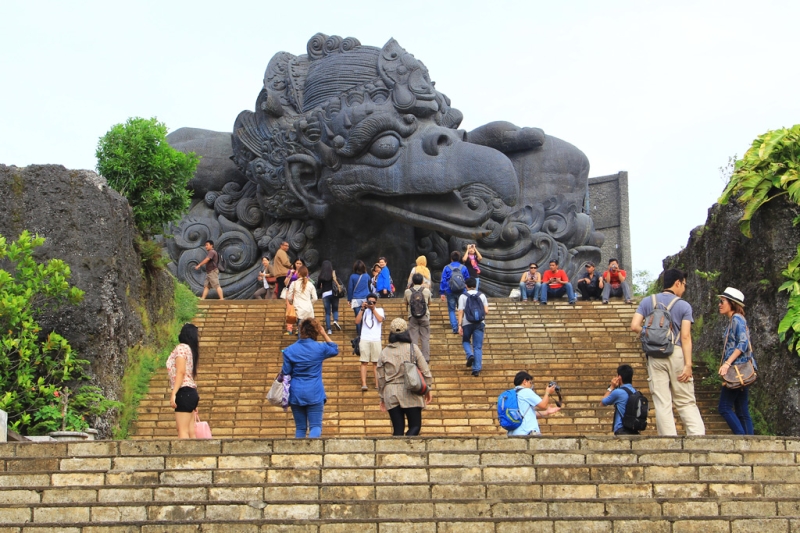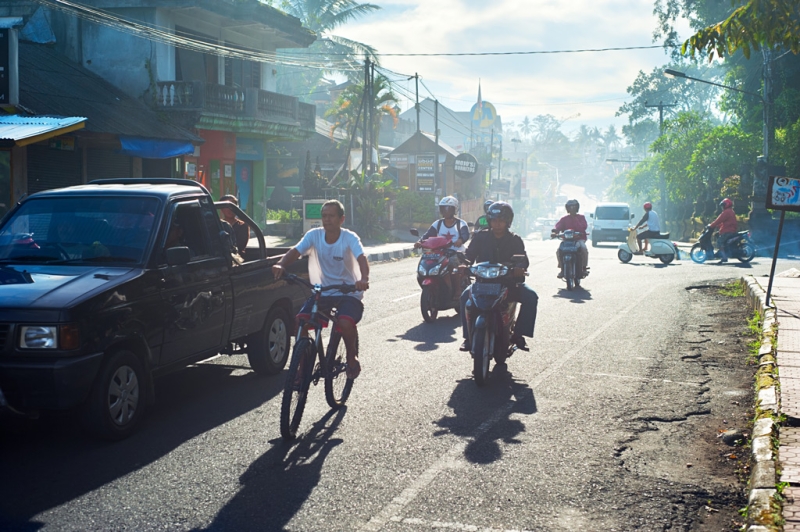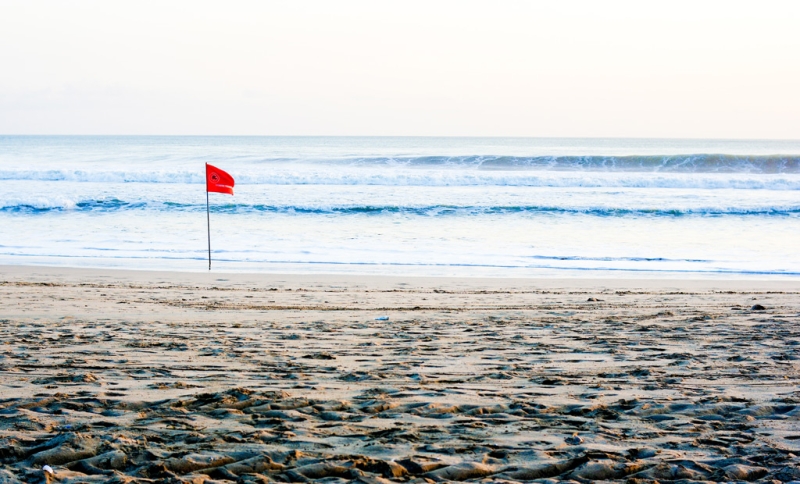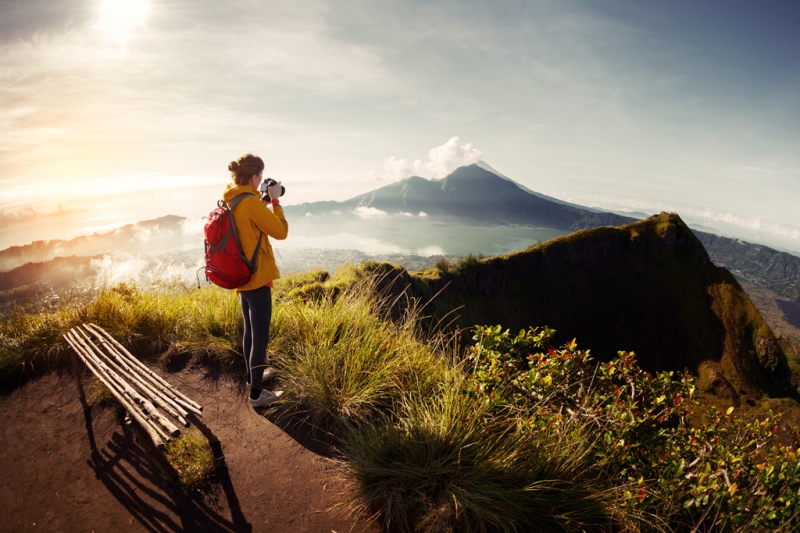
The island of Bali is a place that is truly worth visiting. They say it changes people, makes them look at this world and their lives differently. You come here for something you want, but you get what you really need. And so that these “needs” become only good impressions and stories, the lessons that the island likes to teach its guests are best learned in advance and virtually. Today we want to tell you five things not to do in Bali, and of course we’ll tell you what to do instead.
1. Look for the best exchange rate

The first thing tourists face in Bali is the need to change cash. The thirst for profit pushes many to search for an exchanger with the highest rate. Don’t forget that free cheese only comes in a mousetrap – if you see too attractive numbers, don’t doubt that this place will cheat you thoroughly. Balinese virtuosos manage to quietly throw off up to a third of the cash when counting, and if you check and see the difference, then they just as quietly put it back, count it and reset it again. The funny thing is that if you keep checking and find a discrepancy over and over again, they just give you the dollars and tell you to go change it somewhere else. Paying with a card and withdrawing cash is a solution, but only partly. Many ATMs may have skimmers, especially if it is a small, separate pavilion without security.
To avoid losing money, just follow simple rules: change currency only in official exchange offices – these are separate buildings where there are security guards and several windows with cashiers; they don’t sell anything there, they only change money. ATMs should only be used in the bank building; access to them is 24 hours a day and there is always security there. It is better to pay with a card at a minimum, for example, in restaurants, but not in small chain stores. By the way, about shops; While shopping, figure out in your mind what the approximate amount should be, always carefully count your change and ask for a receipt to check that everything is entered correctly.
2. Ride a scooter without a helmet/drunk/very fast

Moreover, you should not do all of the above at once. Yes, a moped in Asia is the most convenient means of transportation. But the risk of getting into an accident and getting injured is quite high. Road traffic in Bali is very dense and often unpredictable, there are almost no rules: the one who needs it the most goes. Therefore, situations when someone drives out of an alley onto the road without looking, turns right from the left lane, and vice versa, goes to overtake on a blind turn – this is the norm. And this is not to mention the dogs that jump out onto the roads during the day and at night generally sleep in the most convenient place – in the center of the roadway. Over time, you get used to such traffic, but if you are an inexperienced driver and are accustomed to regulated and clear traffic on the roads of Russia and Europe, driving here will be difficult.
In addition, even if all precautions are taken, an inexperienced driver may fall simply because of sand on the road. Insurance will help you not spend a lot on treatment, but even light abrasions will significantly spoil your vacation – the salty water of the Indian Ocean strongly corrodes open wounds, and high humidity delays the healing process.
The surest way to avoid accidents is to take a taxi. Uber works great in Bali; prices are much lower than official taxis. There is also a motorcycle option called GoJeck. A convenient smartphone application allows you to call a driver on a scooter in a couple of clicks, who will take you to the right place for $1-2. But if you still want to drive your own transport, it is better to rent a car.
3. Drinking cheap alcohol in dubious clubs

Unfortunately, in Bali there is news with enviable regularity that one of the tourists has been poisoned with methyl alcohol. Indonesia has very high excise taxes on alcohol, so unscrupulous owners of small bars in Kuta, an area with the highest tourist traffic, are guilty of diluting cocktails in the bar with low-quality alcohol. It is important for such fly-by-night bars to get you drunk so that the next day you won’t even remember where you actually had so much fun. Hence the “3 for the price of 1” promotions, half-liter buckets of Pina Colada and similar “tempting” offers.
This doesn’t mean you shouldn’t relax during your holiday, just go to places with a good reputation. Yes, it will be more expensive there, but the quality of alcohol is not something you should skimp on. As a last resort, order beer in a bottle. It also makes sense to shop at duty free along the way; By law, one person can bring into the country up to 1 liter of strong alcohol and up to 1.5 liters of weak alcohol.
4. Swimming where there are prohibiting flags/at night/alone

Another danger awaits tourists in the ocean. Not everyone knows about such a phenomenon as rip currents. The waves carry a huge mass of water, which washes ashore and then looks for a way to retreat back. Water collects in so-called channels – areas with strong currents into the ocean. On beaches where lifeguards are on duty, prohibitory red flags are always displayed opposite the canals, but on wild beaches you, of course, will not see them. If you are not confident that you can visually distinguish a channel from a safe swimming area, do not go swimming alone; someone should keep an eye on you from the shore. In addition, it is useful to know that once you get into a canal, you should under no circumstances fight it, as this is useless – the current speed can reach 5-10 meters per second, and even experienced swimmers cannot cope with such pressure. Instead, you need to swim along the shore, usually the width of the channel does not exceed 10-15 meters, so very soon you will feel that you have stopped being carried away into the ocean, then you can already turn towards the beach.
But it’s better not to take risks and swim on official beaches, where lifeguards are on duty and red-yellow flags are posted. Swim during the day, with friends and sober.
5. Trying to get everything done

Bali only at first glance seems like a small island; the amount of entertainment and attractions that it offers its guests breaks all records. Bars, clubs, parties, shopping, temples, jungles, rafting, waterfalls, volcanoes, surfing, rice terraces, hundreds of beaches, zoos, snorkeling, diving – this is not a complete list of what you can do in Bali. If you try to cram all this into two or three weeks of vacation, you will end up with not a vacation, but a frantic race. In order not to fray your own nerves, do not try to see everything at once, do not plan to visit 5 attractions in a day, you still won’t have time – the island makes adjustments to any, even the strictest plans. It’s not for nothing that all the locals live in a relaxed rhythm; under the scorching tropical sun it’s simply impossible to do otherwise.
It’s better to make a list in advance of what you are really interested in and focus on it. Don’t make the list too long, remember the main rule of Bali: one thing a day is a great result. A relaxing holiday without too much fuss is the guarantee that you will enjoy Bali and want to come back here again!

You can learn more interesting things about Bali on excursions from local residents

